You’re halfway home on a Friday evening and looking forward to a quick pint at your local, when disaster strikes. Slowing down at a set of lights, a momentary lapse of attention by the rider behind you sees him edge his front wheel into the rear of your bike, catching your derailleur in his spokes. The consequences are a buckled front wheel for him, and a broken rear mech for you.
Rather than facing the prospect of a 10-mile walk or waiting around for a lift from a friend, most of us would prefer to be able to rely on our own skills to get us home. We think we can help with this handy list of essential survival tips. Although by no means exhaustive, we’ve tried to highlight the most common and likely occurrences and technical difficulties.
1 Loose jockey wheels
Jockey wheels have an annoying habit of coming loose, usually because they weren’t tightened correctly after cleaning. This is where that 5mm Allen bolt or piece of copper wire you have stashed in your emergency kit (see 'What To Carry' below) comes into its own. Just loop the wire or bolt through the centre of the jockey wheel to keep it in place.
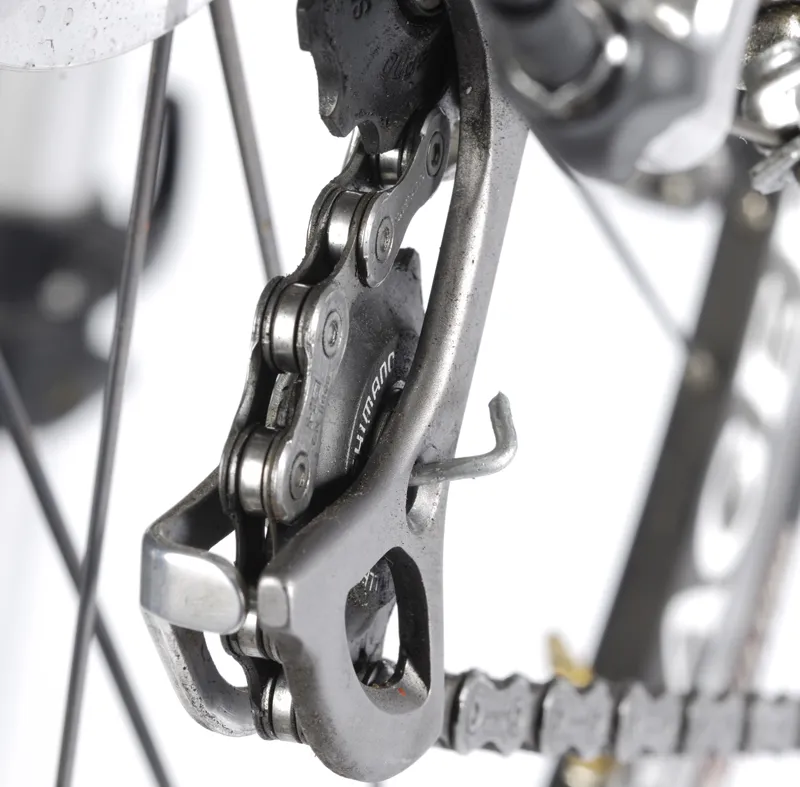
2 Badly slashed tyre
Use the duct tape in your survival kit and then install a slightly larger piece overlapping the bead of the tyre, thus anchoring it securely when inflated. You might want to put a second layer, or even use the piece of cloth or tyre casing that you also happen to have tucked away in your box of tricks.
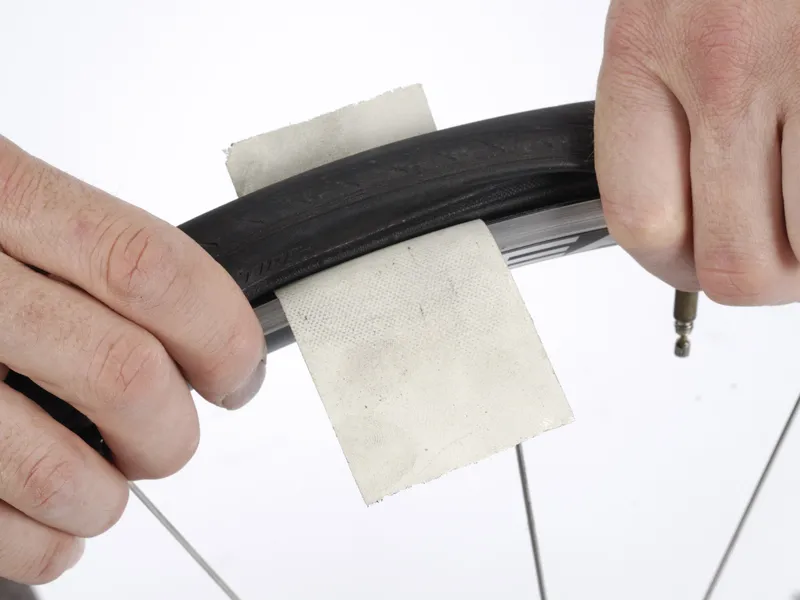
3 Bent rear mech or gear hanger
Rear mech hangers are separate from the frame for a reason – in case of an impact, it’s better to bend the hanger than damage your frame or derailleur. Place the bent rear mech into the smallest cog and the big ring, then carefully and slowly pull the derailleur back into position.
The cage of the rear mech should be in line with the smallest sprocket, so check that it’s perpendicular (at right angles) to the ground. Be careful when selecting the lowest gear when you’re riding afterwards though, as the derailleur might not be as well adjusted as it was before and could get caught in the spokes.

4 Broken rear mech or gear hanger
If your derailleur or hanger is broken beyond repair, you can remove it entirely from the frame and then shorten your chain using those handy master links that you stashed in your survival kit. This repair depends upon a bit of luck and preparation – having a multi-tool that includes a chain breaker will make life a whole lot easier, although you might not be able to get ideal chain tension if you have vertical dropouts. Try to get the chain line as straight as possible.
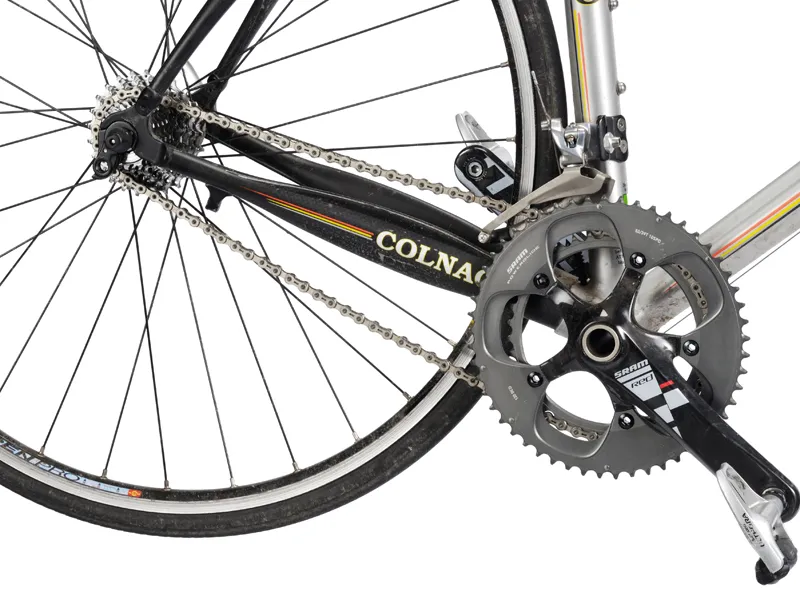
5 Bolt-on repairs
Broken bolts may seem like a critical failure, but you can always pinch a bolt from elsewhere on the bike where it can be spared, and use it where it’s more critical in an emergency – for example, a rack strut if you’re on a heavily laden touring bike, or on the water bottle cage bolts.
But be careful and go easy until a permanent replacement can be found, especially if you think that carbon fibre parts might be damaged. To check carbon areas, run a cloth lightly over them to check for cracked surfaces – any small cracks will pull the cloth’s threads.

6 No spare tubes
Carefully tear the tube apart at the puncture, then tightly knot both ends – or do the same with your handy cable ties. The tube will expand back into the tyre upon inflation, but go easy on the pressure.
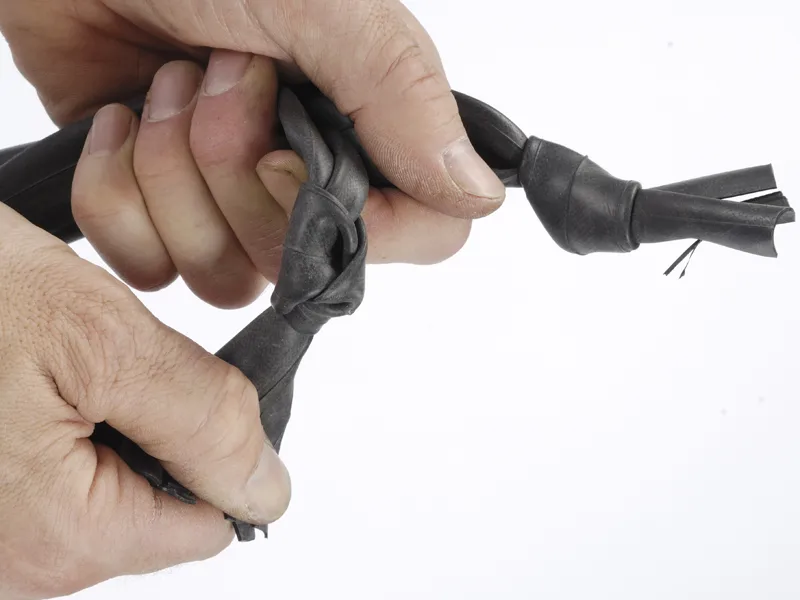
7 Broken seatpost clamp
Reattach a saddle to a seatpost when the clamp bolt has broken using those amazing cable ties, but sit on it gingerly for the ride home. It’s not perfect, but it’s better than sitting on a seatpost.

8 Tyre removal
One very useful trick is knowing how to remove a tyre without the aid of tyre levers. First, make sure that all the air has been removed, then lean over the wheel, holding it vertically against the ground. Starting with both hands at the top, pinch and manipulate the tyre beads into the centre of the rim channel simultaneously, with both hands working downwards.
As your hands meet towards the bottom you’ll find that you’ve gained a substantial amount of slack, which should be just enough to pull the bead over the rim flange. If it’s still a little tight, remove your quick-release skewer and use the lever – it works!
Check the tyre for any debris and make sure it has all been removed before fitting the new innertube. Run your hands all the way round the inside of the wheel rim to feel for anything that may have pierced the casing like a thorn or piece of glass, taking care not to cut your fingers while doing so.
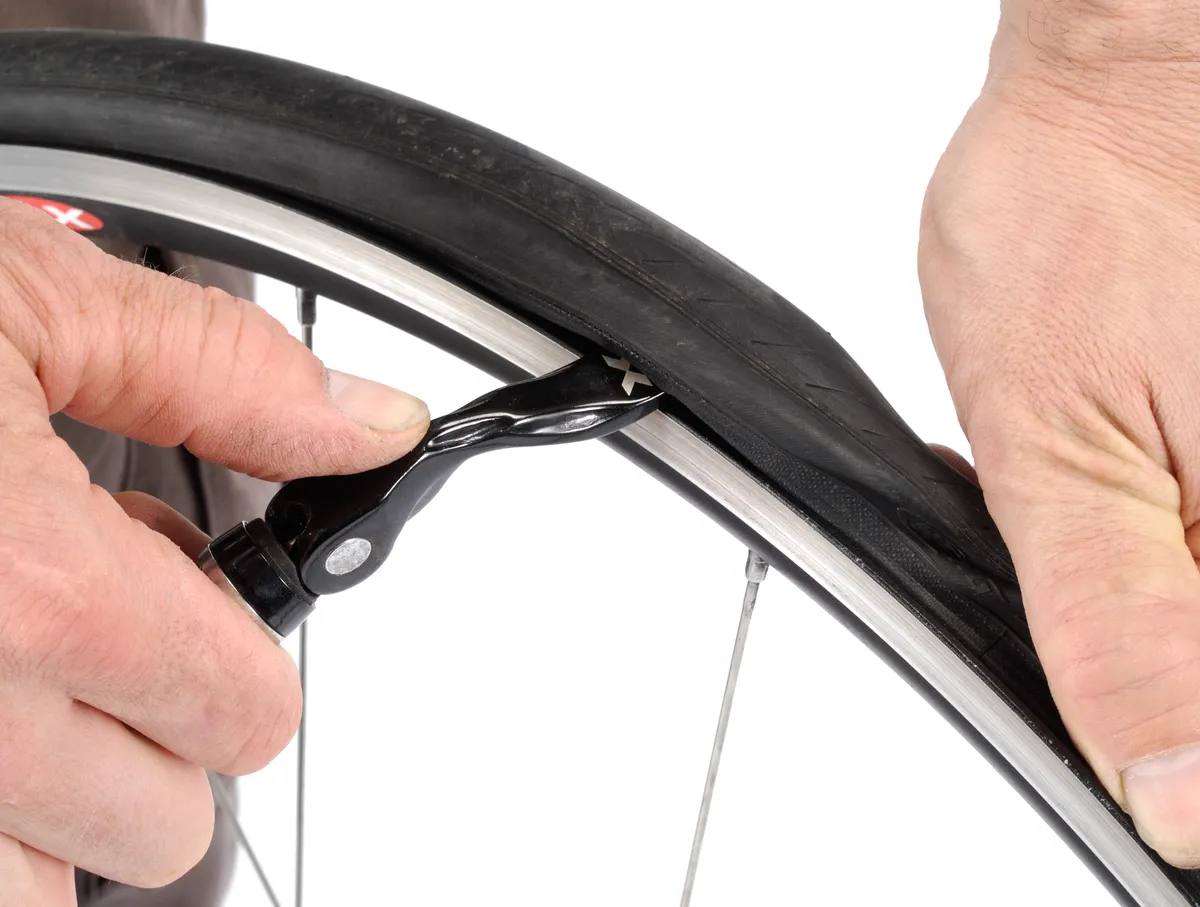
Survival kit – what to carry
Most of us carry a pump, multi-tool and spare innertube, but it doesn’t hurt to put together a small survival kit that can be permanently attached somewhere unobtrusive on the bike, like under the saddle. Fill an old patch kit box or film canister with the following:
- Small and medium cable ties
- A cut-down ballpoint pen casing wrapped with duct tape
- One or two SRAM Power Links of correct width
- A small stretch of bendy wire, preferably copper
- Coins
- A spare 5mm Allen bolt
- A piece of tyre casing or cloth cut down to 5cm square
Three preparatory tips
- Replace a couple of your shorter 5mm bottle cage bolts with longer ones that are 3-4cm. These can be used on many modern twin-bolt seatposts or clamps.
- Fill your tubes with a tyre sealant. This can be really effective when you get caught out by road debris. If you don’t want to purchase pre-filled tubes you can inject it directly into Schrader or two-piece Presta valves.
- Purchase spare spokes of the correct length, with nipples, and tape or cable tie them tightly under the left chainstay – they’re handy to have in reserve.
